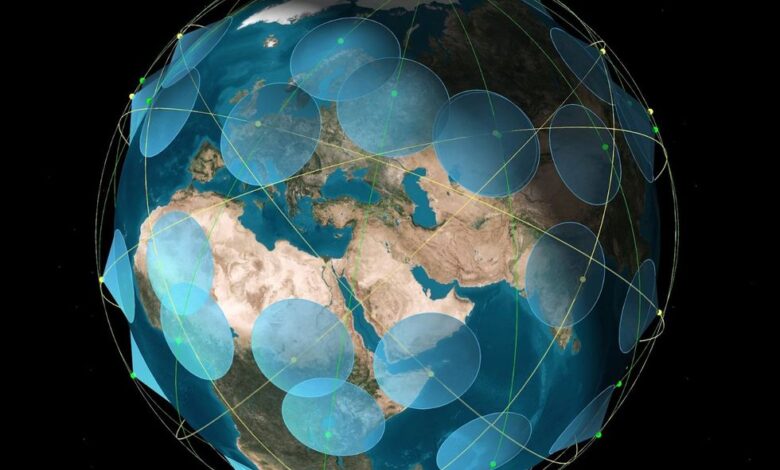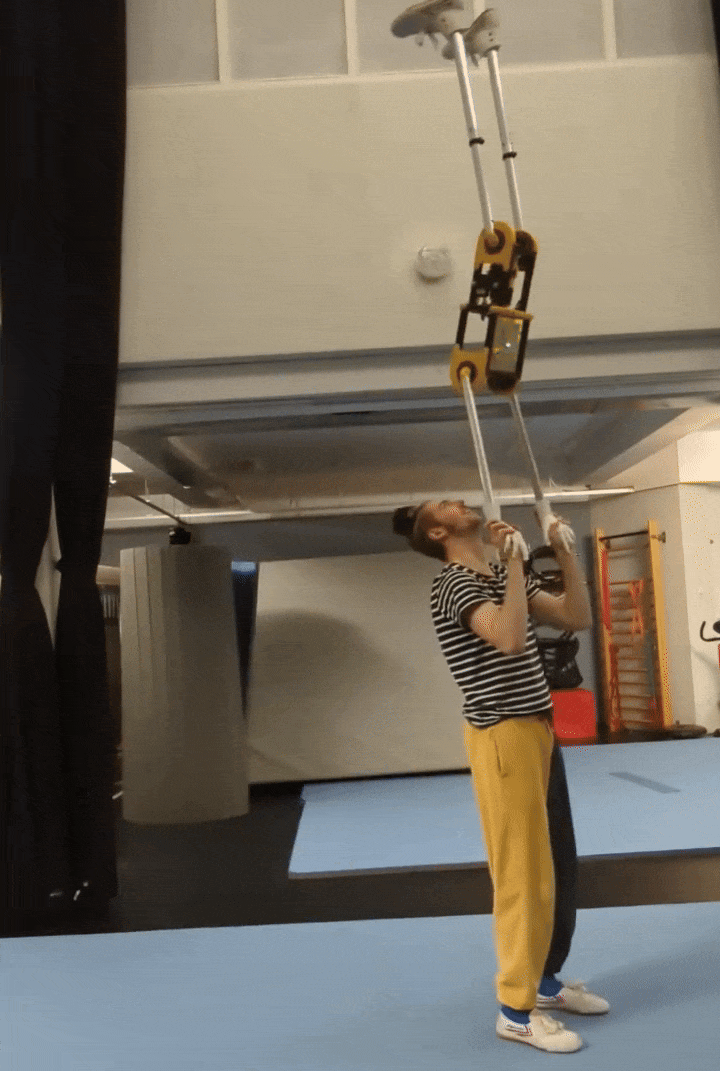CubeSat Operators Launch an IoT Space Race

A rocket carrying CubeSats launched into Earth orbit two years ago, on 22 March, 2021. Two of those CubeSats represented competing approaches to bringing the Internet of Things (IoT) to space. One, operated by Lacuna Space, uses a protocol called LoRaWAN, a long-range, low-power protocol owned by Semtech. The other, owned by Sateliot, uses the narrowband IoT protocol. And separately, in late 2022, the cellular industry standard-setter 3GPP incorporated satellite-based 5G into standard cellular service with its release 17.
In other words, there is now an IoT space race.
In addition to Lacuna and Sateliot, OQ Technology is also nipping at the heels of satellite telecom incumbents such as Iridium, Orbcomm, and Inmarsat for a share of the growing satellite IoT subscriber market. OQ has three satellites in low Earth orbit (LEO) and plans to launch seven more this year, says OQ Technology’s chief innovation officer Prasanna Nagarajan. OQ has paying customers in the oil and gas, agriculture, and transport logistics industries.
Sateliot, based in Barcelona, Spain, has the satellite it launched in 2021 in orbit and plans to launch four more this year, says Sateliot’s business development manager Paula Caudet. It is inviting early adopters to sample its service for free this year while it builds more coverage. “Certain use cases are fine with flybys every few hours, such as agricultural sensors,” Caudet says. OQ and Sateliot claim they will launch enough satellites in 2024 to offer at least hourly coverage and enough in 2025 to offer near-real-time coverage.
Sateliot
Incumbent satellite operators are already offering IoT coverage, but so far they require specific IoT hardware tuned to their spectrum bands and protocols. Insurgent companies that make use of the 3GPP release 17 standard will be able to offer satellite connectivity to devices first designed to connect only to cellular towers.
New companies also see an opportunity to offer more attractive, lower pricing. “Legacy satellite providers were charging maybe $100 for a few kilobits of data and customers are not willing to pay so much for IoT,” says Nagarajan. “There seemed to be a huge market gap.” Another company, Swarm, which is a subsidiary of SpaceX, offers low-bandwidth connectivity via proprietary devices to its tiny satellites for US $5 per month.
Thanks to shared launch infrastructure and cheaper IoT-compatible modules and satellites, new firms can compete with companies that have had satellites in orbit for decades. More and more hardware and services are available on an off-the-shelf basis. “An IoT-standard module is maybe eight or ten euros, versus three hundred euros for satellite-specific modules,” says Caudet.
In fact, Sateliot contracted the construction of its first satellite to Open Cosmos. Open Cosmos mission manager Jordi Castellví says that cubesat subsystems and certain specialized services are now available online from suppliers including AlénSpace, CubeSatShop, EnduroSat, and Isispace, among others.
Open Cosmos
By building constellations of hundreds of satellites with IoT modules in LEO, IoT-satellite companies will be able to save money on hardware and still detect the faint signals from IoT gateways or even individual IoT sensors—such as those aboard shipping containers packed onto cargo ships at sea. They won’t move as much data as voice and broadband offerings in the works from AST SpaceMobile and Lynk Global’s larger and more complex satellites, for example, but they may be able to meet growing demand for narrowband applications.
At first, users may not have direct contact with such providers; both Sateliot and OQ Technology have partnered with existing mobile network operators to offer a sort of global IoT roaming package. While in port, a customer’s IoT device will transmit via the local cellular network. Farther out at sea, it will switch to transmitting to satellites overhead. For now, OQ Technology, Swarm, and others offer these services via custom devices, but thanks to 3GPP’s IoT-friendly releases, the next generation of services may reach standard cellular IoT devices. “The next step is being able to integrate cellular and satellite services,” Caudet says.
IEEE Spectrum




